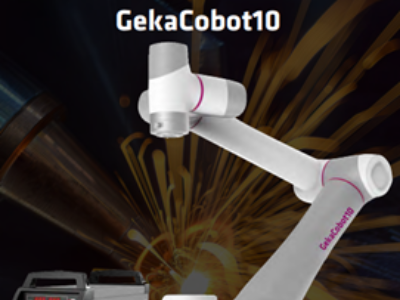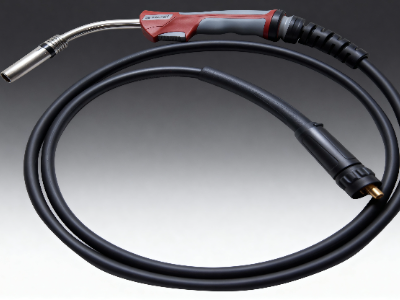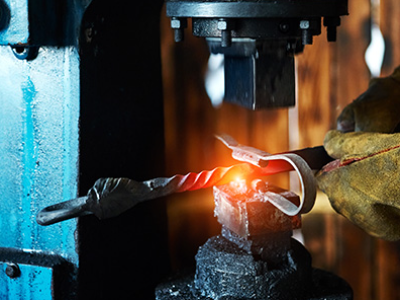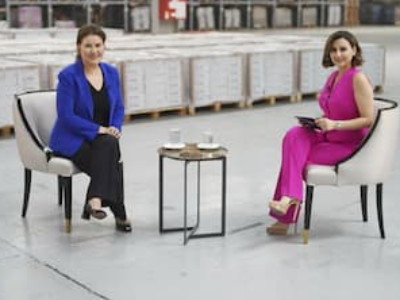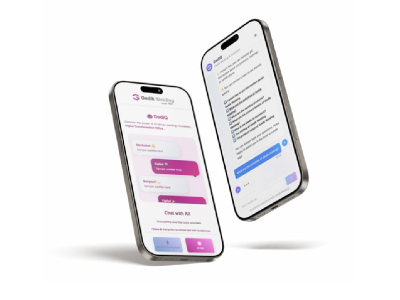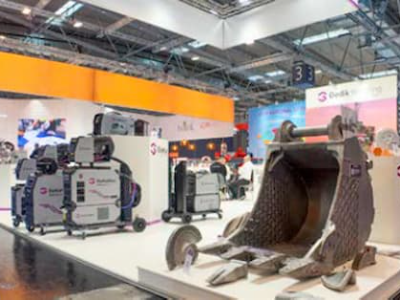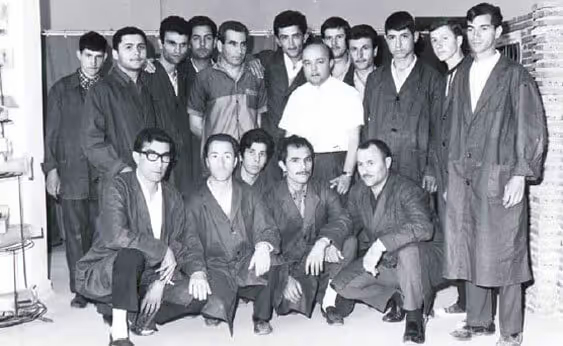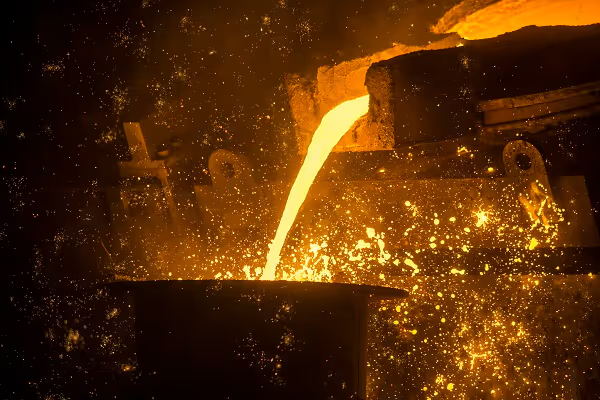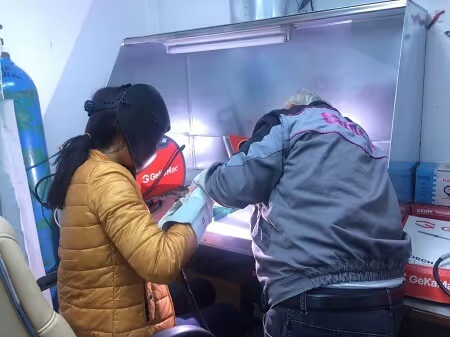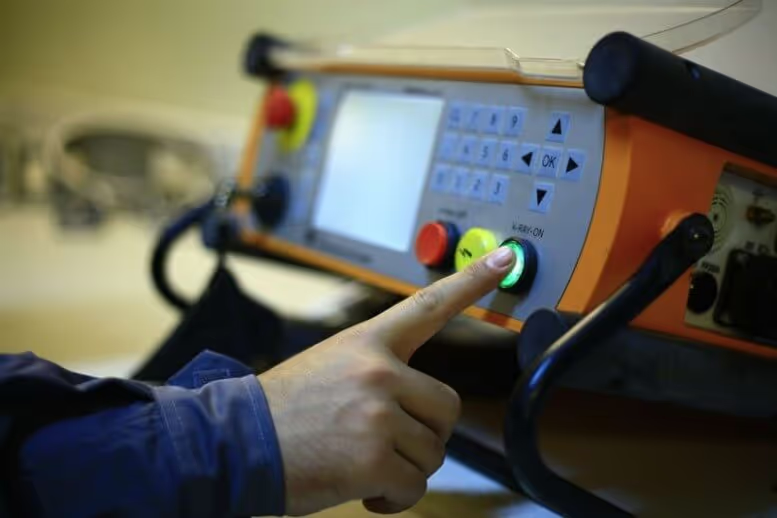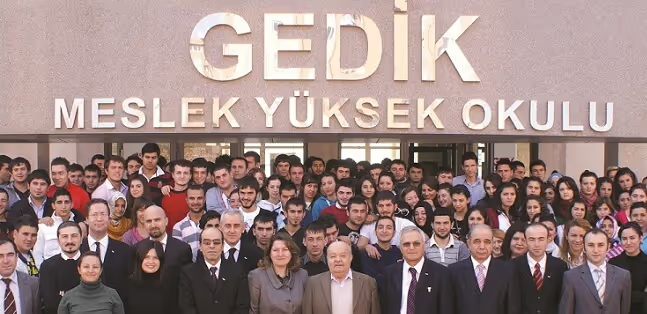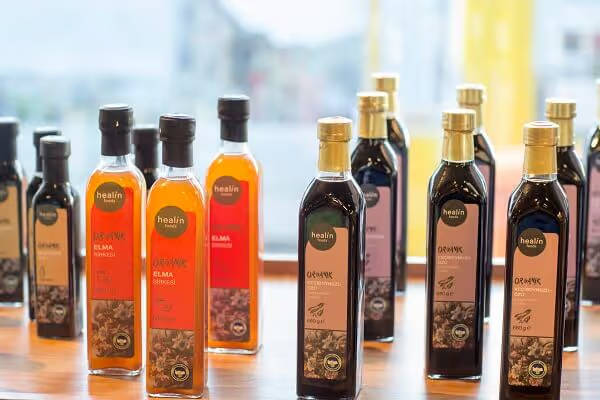What are Tool Steels, What are their Types?Tool steels are steels with high hardness, toughness or high temperature resistance used in shaping a wide variety of materials by processes such as machining, cutting, drilling, pressing, casting, and forging. It is divided into four groups as cold work tool steels, hot work tool steels, plastic tool steels, and high-speed tool steels:Cold Work Tool Steels: Tool steels used in applications below 200 °C are in this group. Abrasion wear is often encountered on tools. The hard wear resistant carbides required for steels are usually provided with chromium, molybdenum, vanadium, and tungsten. Threading tools, scissor knives, cutting tools, bolt head forging tools, and deep drawing tools can be given as examples to this group.Hot Work Tool Steels: They are tool steels used at temperatures above 200 °C. High temperature resistance is provided by elements such as molybdenum, tungsten, and vanadium. Forging dies, forging tools, casting dies, continuous casting rolls, hot cutting blades, and hammering dies, can be given as examples for hot work tool steels.High Speed Tool Steels: They are tool steels that can remove chips by maintaining their hardness even at high temperatures, in a way that the end of the tool will be hot. In addition to adding elements such as tungsten, molybdenum, and vanadium chromium to the material, hot rolling and special heat treatment suitable for the material should be applied for homogeneous distribution of carbides in order to give the material the desired strength at high temperatures. Cutting and drilling tools that maintain their hardness even at 600 °C can be given as an example for this group.Plastic Work Tool Steels: They are generally used in shaping plastics by injection, extrusion, blowing, and pressing techniques. Compared to other tool steels, they have higher corrosion resistance, polishability, and patterning capabilities. They contain alloying elements such as chromium, manganese, molybdenum, nickel, vanadium, and aluminum.How to Perform the Welding of Tool Steels?Steels containing more than 0.2 percent carbon have low welding capability. Welding of tool steels with a carbon ratio of 0.8 - 1.5% is a very difficult process due to the high risk of cracking. Hence, repair and maintenance welding are applied in tool steels rather than joining. Welding is mainly applied in processes such as hard facing applications of worn surfaces and repair of cracks, except for the joint welds made for the revision of the mold due to the design change and the obligation of combining the prepared parts into a mold.Preliminary Preparation: It is important to control and prepare beforehand the surface of the part before the welding application of the tool steels. Surface cleanliness should be checked and factors such as oil and dirt have to be cleaned before application. Whether there are cracks on the surface of the part or not should be examined visually or with a penetrant test and, if there is any crack formation, it must in any case be cleaned by intervening before welding. “U” welding end should be preferred in welding end design.Preheat: It is important to preheat before welding. Preheating reduces the risk of warping and cracking by reducing the cooling rate. The preheating temperature should be below the tempering temperature of the tool steel and 50-100 °C above the martensitic transformation temperature of the weld metal to be used. During welding, the weld zone should always be kept within this temperature range. Preheating temperature is recommended as 200-300 °C for tool steels made of low alloy steels, 300-400 °C for tool steels made of high alloy steels, 400-600 °C for hot work tool steels, and 400-500 °C for high-speed tool steels. Heating should be slow and homogeneous. The recommended heating rate is 50 °C/hour.Welding Application and Selection of the Filler Material In the welding of tool steels, attempts must be made to keep the heat input low. Welding methods with low heat input such as TIG should be preferred, and if electric arc welding is to be applied, electrodes with as small diameter as possible should be used. It is recommended to weld by using minimum voltage and current parameters in all welding methods.After each pass, the slag cleaning should be performed carefully and lightly hammered while the seam is hot. Slow cooling of the seam after welding is important.Sharp corners and edges should not be allowed to form after welding. Crater formation should be prevented at the end of welding.In hard filling applications that require multiple passes, the number of passes should not exceed 3. Buffer welding can be applied between the base material and the hard filling application.GeKatec 229 SUPER electrodes can be used for buffer welding or GeKa Elox SG 312 MIG or TIG wires for gas metal arc welding applications.In tool steel welding applications, the chemical composition of the tool steel, the heat treatment condition, and the desired hardness value if hard filling is to be applied, play an important role in the selection of the filling material. In normalized tool steels, the chemical composition of the filler material is desired to be the same as that of the tool steel, while in hardened tool steels, the properties such as hardness and temperature resistance of the weld metal are expected to be similar.While GekaTec Tool 60 electrode is used in hard filling applications of cold work tool steels, very satisfactory results are obtained with GeKatec Tool 55 SG and GeKatec Tool 60 SG arc welding wires and rods. The welding filler of GekaTec Tool 60 electrode and GeKatec Tool 60 SG arc welding wires and rods are in the structure of speed steel and are also preferred in hard filling applications of high-speed steels. GeKatec Tool 45 SG welding wire, which is used in filler welding of hot work tool steels, provides very good resistance to abrasion and impact at high temperatures.
 Energy
Energy
 Ship Construction
Ship Construction
 Construction
Construction
 Repair and Maintenance
Repair and Maintenance
 Automotive and Transportation
Automotive and Transportation
 Education
Education
